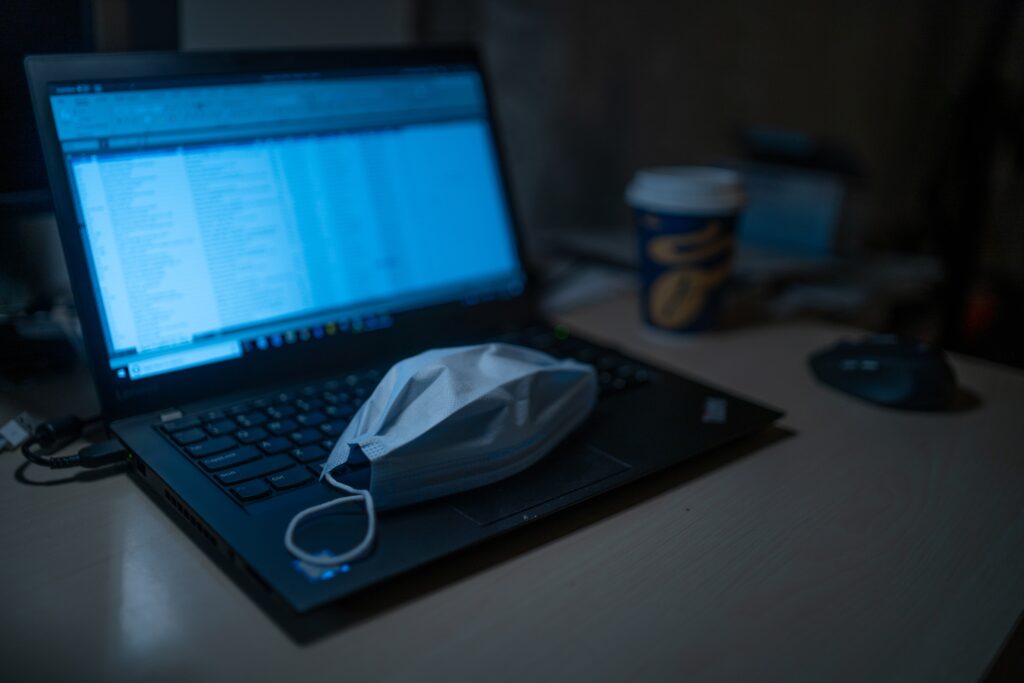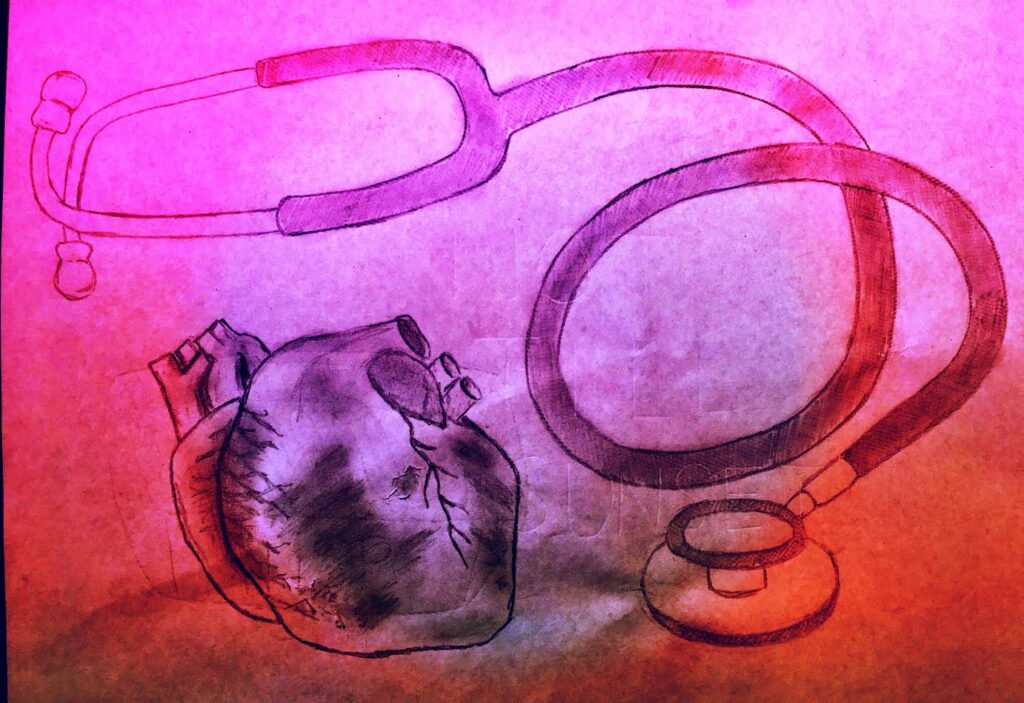Doctors’ Advice: A Guide To Lactose Intolerance

Ever get a sore stomach after drinking milk? Or felt a moderate to severe discomfort after having dairy? If so, there is a possibility that you are lactose intolerant.
What is lactose Intolerance?
Lactose Intolerance is a condition in which some people are unable to digest the sugar (lactose) in their milk completely. is condition is also known as lactose malabsorption. An enzyme produced in the small intestine called lactase is typically the known cause for lactose intolerance. A deficiency of this enzyme is usually found in those suffering from this condition. A majority of the population has low levels of lactase, however, they are still able to digest milk and milk products with ease.
Generally, lactase works by turning milk into two simple sugars known as glucose and galactose. These are absorbed into the bloodstream through the intestinal lining. A deficiency in lactase moves the lactose from your food to your colon. is results in the normal bacteria found in the colon to interact with the lactose that is undigested, which is the cause of that stomach ache.
If you are lactose intolerant, the decrease in your lactase enzyme will lead to symptoms being presented after you consume dairy foods. Although it is a harmless condition, it does cause many uncomfortable symptoms. Lactase deficiency is present in about 80 percent of blacks and Latinos, up to 100 percent of American Indians and Asians, and up to 15 percent in those of northern European descent.
What are the signs and symptoms?
• Gas
• Bloating
• Diarrhoea
• Abdominal cramps
• Nausea and vomiting
These are the most common symptoms that present in those suffering from lactose intolerance. They usually occur within 30 minutes to 2 hours after consumption of lactose. If you feel ill after having one glass of milk one time, it is unlikely that you have lactose intolerance. However, if you feel sick whenever you consume dairy products, you may be suffering from the condition. The best way to check is to avoid dairy completely and see if the symptoms go away. Once they are gone, you can add small amounts of lactose products and see if they affect you again. ere have been cases when some people who have never had problems consuming dairy suddenly develop lactose intolerance. This happens to be common as you get older.
If you suspect that you may be affected this way when having any form of dairy, please contact your local GP to get further diagnostic tests done. Please take note that lactose intolerance is not the same as a food allergy to milk. The latter is a severe condition with those suffering from it being unable to consume any milk products.
The first step is to go to your GP. Your GP may do a physical exam and ask you to refrain from dairy products for a short time period. You may also be asked to bring in a stool sample for tests. People suffering from lactose intolerance usually present with loose, watery or foamy stools. Gross, right? Your GP may also order either of these two tests; Hydrogen Breath Test: is is the most accurate test. You will be asked to avoid cigarettes and certain foods before the test. On the day you will need to drink a lactose solution and then breathe into a machine several times over a few hours. High hydrogen levels suggest you may have lactose intolerance. is test is avoided in children and babies due to it causing severe diarrhoea. Lactose Tolerance Test: Measures your blood sugar after you consume lactose. You do not eat after 12 am the night before the test. On the day, you will drink a lactose solution. This may cause gas or stomach pain. Your blood is then tested every 30 minutes to 2 hours. If there is no rise in your blood sugar, then you may have lactose intolerance. This test is avoided in young children, babies and those who suffer from diabetes.
It is of great importance to first consult your doctor and be properly diagnosed. This is to also ensure that your lactose intolerance is not related to another health problem. While there is no cure, the symptoms can be controlled. Many choose to eliminate milk and dairy products from their daily food sources. However, complete restraint is not necessary as there are products that can be partially digested. These include yoghurts, cheeses, pre-treated milk and products with Lactobacillus acidophilus (a probiotic that helps the body absorb nutrients whilst maintaining a healthy balance of good bacteria). A few other tips include avoiding large milk and dairy servings, using lactose-reduced milk and ice cream, and using a liquid or powder to your milk to break down the lactose. Some of you may find relief in being able to recognise why you got that certain stomach ache. It is understandable that many of you will feel frustrated by having to deal with this issue for the rest of your lives. It is important for you to know that you are not alone, there are many people who suffer from the condition and it is not something too serious. There are ways to manage it, speak to your doctor and find comfort in being able to enjoy your favourite foods by finding alternatives that are made available today. I wish you all the very best and hope this informative piece helps put you at ease.
Zoya is a Doctor who is currently undertaking her Masters in Public Health and Tropical Medicine at the James Cook University with an interest in crisis management and humanitarian work.
Originally printed in Podium Magazine Edition 2, published in 2017.











































































